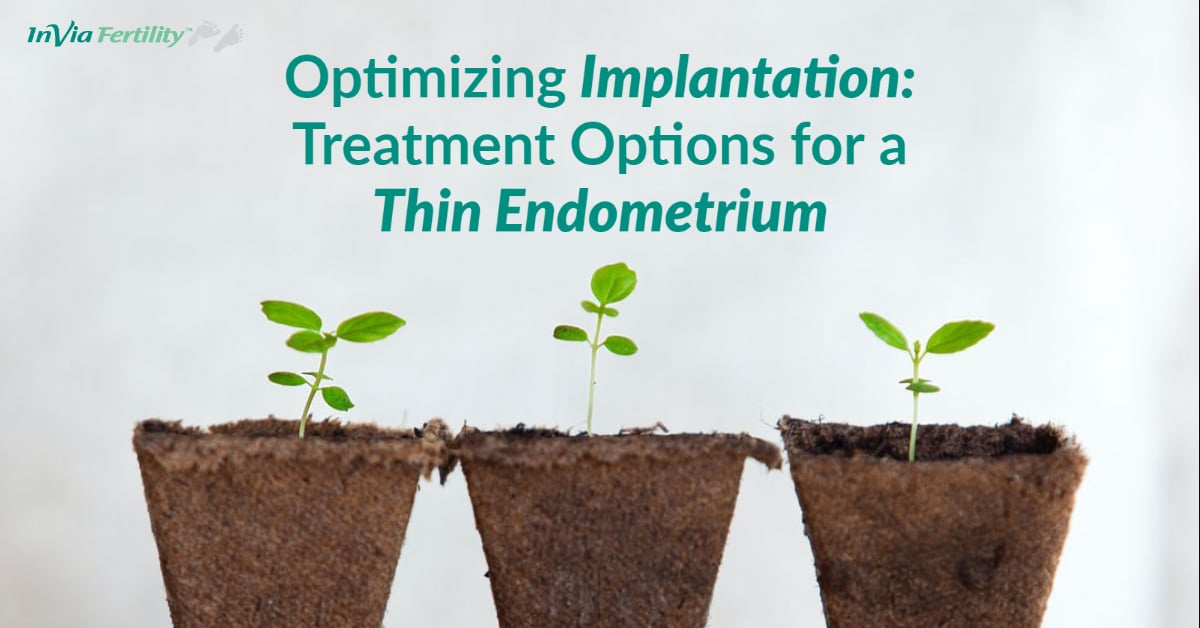In a previous blog post, I discussed how a thin uterine lining may reduce IVF success rates. In this post, we will discuss management of a thin uterine lining in the context of artificial cycles where the uterine lining is being prepared for the transfer of fresh or frozen embryos. In these cycles, estrogen is given for approximately 14 days and progesterone is added for 3 – 6 days prior to embryo transfer.
Background to Thin Endometrium Issues
There is no absolute cut off below which implantation will not occur. Good pregnancy rates have been reported in cycles with endometrium <6 mm, and a successful pregnancy has been reported with endometrial thickness of only 4 mm.
Despite the lack of data, the general consensus is to transfer embryos into an endometrial cavity that has ultrasonically reached an ‘‘adequate thickness,’’ which generally means 7 mm or more.
What Can Be Done for a Thin Uterine Lining?
- Prolong the duration of estrogen stimulation. Instead of limiting the duration of estrogen to 14 days, the estrogen can be continued for an extra week or more (up to 6 weeks) till the uterine lining improves.
- Another approach is to add estrogen vaginally to maximize delivery to the uterine lining. This is the preferred intervention at InVia.
- Addition of low-dose aspirin (baby aspirin, 81 mg). Studies have shown that low-dose aspirin may increase blood flow to the uterus and improve pregnancy rates. Other studies have suggested that low-dose aspirin improves pregnancy rates even when the uterine lining does not thicken. Aspirin thus seems to be a relatively harmless intervention that has potential benefits, although the Cochrane review did not find that it was helpful for endometrial preparation.
- A combination of pentoxifylline 800 mg/d and tocopherol (vitamin E, 1,000 mg/d) when used for a year was reported to reverse uterine radiation-induced fibrosis and improve endometrial thickness. This combination has also been used to enhance the uterine lining in patients with unresponsive endometrium in an egg donation program.
- Vaginal sildenafil (Viagra) was evaluated in a series of patients undergoing IVF with inadequate endometrium (<9 mm) and was found to increase uterine blood flow and endometrial thickness. This was a small series and others have not been able to duplicate the success rates reported.
- Acupuncture has been used to improve the uterine lining and pregnancy rates. The results reported are conflicting with some reporting an improvement and others finding no change in success rates.


